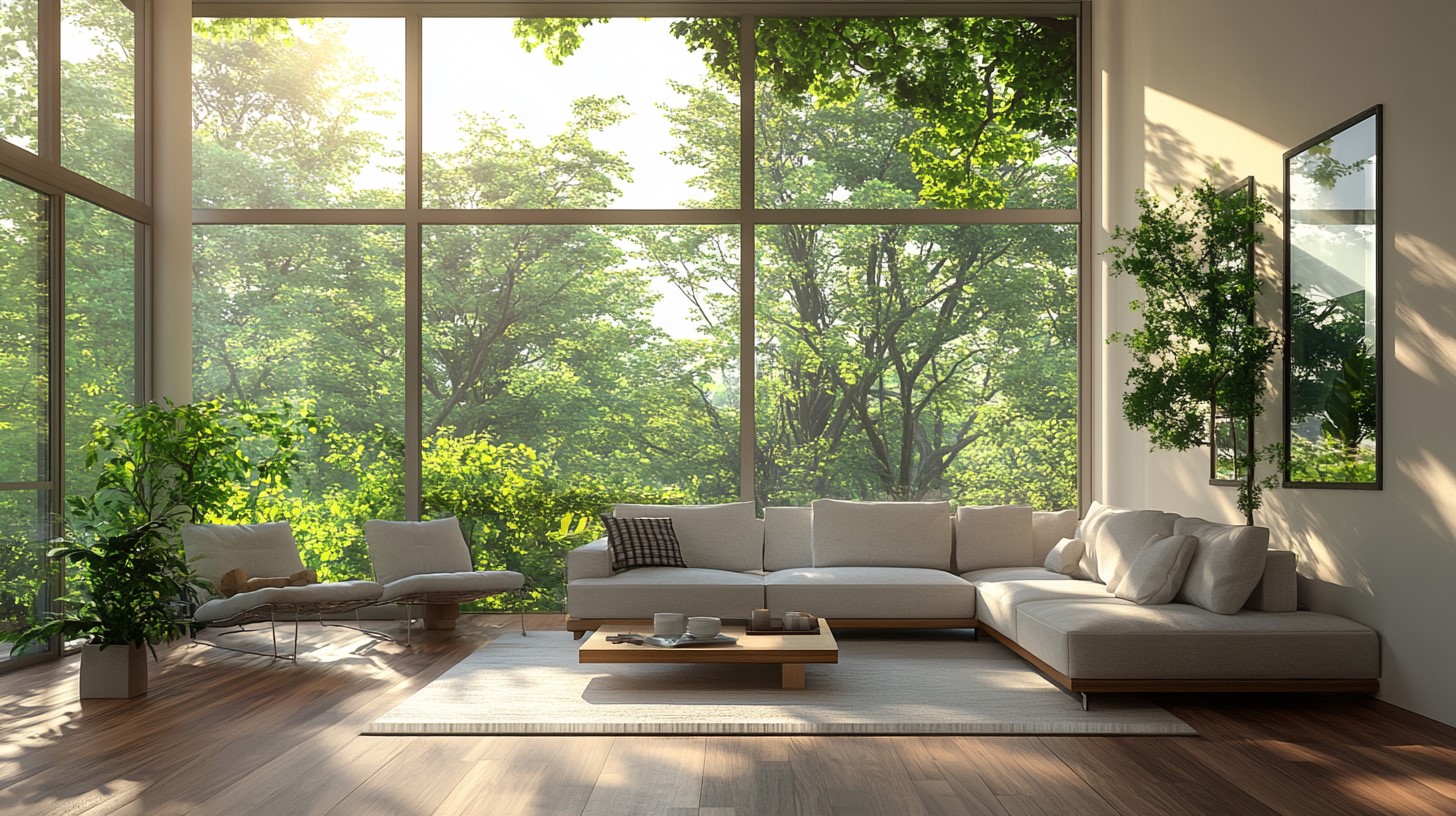Creating an energy-efficient home is a great way to reduce your environmental impact, save money on utility bills, and improve your quality of life. While it might seem daunting, transforming your home into an energy-efficient haven can be broken down into simple, manageable steps. This article will explore practical methods to enhance your home’s energy efficiency.
Understanding Energy Efficiency
Energy efficiency involves using less energy to perform the same tasks, reducing energy waste. This can be accomplished through various means, such as updating appliances, improving insulation, and optimizing energy use.
Conduct an Energy Audit
The first step in making your home more energy-efficient is understanding where it currently stands. Conducting an energy audit will help you identify areas where energy is being wasted. You can hire a professional to perform a detailed audit, or you can opt for a DIY approach.
During an energy audit, you will examine your home’s insulation, heating and cooling systems, electrical appliances, and lighting. You will look for drafts around windows and doors, inspect the insulation in your walls and attic, and evaluate the efficiency of your HVAC system.
Insulate and Seal Your Home
Proper insulation is critical for maintaining a consistent indoor temperature and reducing the energy needed to heat and cool your home. Consider the following steps to improve insulation:
Upgrade Insulation
Adding or updating insulation in your attic, walls, and crawl spaces can significantly reduce energy loss. Fiberglass, cellulose, and spray foam are excellent options for enhancing insulation. Pay particular attention to the attic, as heat rises and can escape through poorly insulated spaces.
Seal Air Leaks
Air leaks can be a significant source of energy waste: weatherstripping and caulk seal gaps around windows, doors, and other openings. Pay attention to areas where different materials meet, such as around chimneys and plumbing vents.
Optimize Heating and Cooling Systems
Heating and cooling account for a large portion of household energy use. Optimizing your HVAC system can lead to substantial energy savings.
Maintain Your HVAC System
Regular maintenance of your heating, ventilation, and air conditioning (HVAC) system can improve its efficiency. Change air filters regularly, schedule annual professional check-ups, and consider using a programmable thermostat to better control your heating and cooling.
Upgrade to Energy-Efficient Equipment
Investing in a new, energy-efficient model can yield long-term benefits if your HVAC system is outdated. Look for systems with a high Seasonal Energy Efficiency Ratio (SEER) rating for air conditioners and a high Annual Fuel Utilization Efficiency (AFUE) rating for furnaces.
Utilize Ceiling Fans
Ceiling fans are an efficient way to enhance airflow in your home. Set fans rotate counterclockwise in the summer to create a cooling breeze. In the winter, reverse the direction clockwise to push warm air downward.
Reduce Water Heating Costs
Water heating is another significant energy expense. Adopting these changes can help reduce energy consumption related to water heating:
Insulate Water Heaters and Pipes
Insulating your water heater and hot water pipes can prevent heat loss and improve efficiency. Install an insulating blanket on your water heater and insulate exposed pipes to retain heat.
Use Energy-Efficient Water Heaters
Consider replacing an old water heater with an energy-efficient model, such as a tankless or solar water heater. These options can provide on-demand hot water while using less energy than conventional tank water heaters.
Lower the Temperature Setting
Setting your water heater to 120°F (49°C) instead of the default 140°F (60°C) can reduce energy use and decrease the risk of scalding.
Adopt Energy-Efficient Lighting
Lighting can contribute significantly to your home’s energy usage. Transitioning to more efficient lighting options can lead to noticeable savings.
Switch to LED Bulbs
LED bulbs are highly energy-efficient and have a longer lifespan than traditional incandescent bulbs. Switching to LED lighting can reduce energy consumption and lower electricity bills.
Utilize Natural Light
Open curtains and blinds during the day to maximize the use of natural light in your home. This reduces the need for artificial lighting and provides health benefits by exposing you to natural sunlight.
Install Dimmer Switches and Motion Sensors
Dimmer switches and motion sensors can help manage lighting more effectively. Dimmer switches allow you to adjust light levels according to your needs, and motion sensors ensure lights are only on when needed.
Implement Renewable Energy Solutions
Harnessing renewable energy sources can further reduce your reliance on traditional energy systems. Consider the following options:
Solar Panels
Installing solar panels on your roof can generate clean, renewable energy to power your home. Solar panel systems can significantly reduce electricity bills and promote a more sustainable lifestyle.
Wind Turbines
Small residential wind turbines can be an excellent renewable energy source in areas with consistent wind. Wind turbines can complement solar panels and provide additional energy during different weather conditions.
Geothermal Systems
Geothermal systems utilize the earth’s consistent underground temperature to heat and cool your home. Although the initial installation cost can be high, geothermal systems offer long-term savings and are highly energy-efficient.
Adopt Energy-Efficient Practices
In addition to making physical upgrades, adopting energy-efficient habits can further enhance your home’s sustainability.
Turn Off and Unplug Devices
Make a habit of turning off lights, electronics, and appliances when unused. Unplugging devices can also prevent “phantom” energy use, where appliances consume power even when turned off.
Use Energy-Efficient Appliances
When replacing appliances, choose models with the ENERGY STAR label. These appliances meet rigorous energy efficiency guidelines set by the U.S. Environmental Protection Agency.
Wash Clothes in Cold Water
Washing clothes in cold water can save a significant amount of energy. Additionally, line-drying clothes instead of a dryer can reduce energy consumption.
Conclusion
Transforming your home into an energy-efficient haven is not only beneficial for the environment, but it also offers financial savings and enhances your quality of life. You can make substantial strides toward a more sustainable home by conducting an energy audit, improving insulation, optimizing your heating and cooling systems, adopting efficient lighting solutions, and utilizing renewable energy sources. Remember, every small change can significantly reduce energy consumption, leading to a healthier planet for future generations. Begin with these simple steps and watch your home transform into an energy-efficient sanctuary.


